Sweet Woodruff (Galium odoratum) is a perennial herb cherished for its fragrant leaves and delicate, star-shaped flowers that bloom during spring and summer. A member of the Rubiaceae family, this edible plant originates from North Africa, Asia, and Europe. It typically grows 15 to 30 cm tall, thriving in shady locations where it serves as an attractive ground cover, especially under trees or in other shaded areas. Sweet woodruff flourishes in moist, well-drained soil, making it a versatile choice for gardeners looking to enhance shaded spaces with both beauty and practicality.
| Common name | Sweet Scented Bed Straw, Sweet Woodruff |
| Botanical name | Galium odoratum |
| Family | Rubiaceae |
| Species | odoratum |
| Origin | North Africa, Asia, Europe |
| Life cycle | Perennial |
| Plant type | Edible |
| Hardiness zone | 4, 5, 6, 7, 8 |
| Sunlight | Deep shade |
| Maintenance | High |
| Soil condition | Clay |
| Soil ph | Acid |
| Drainage | Well-Drained |
| Growth rate | Medium |
| Harvest time | Summer |
| Flowering period | Spring |
| Height | 6 in. – 1 ft. |
| Flower color | White |
| Leaf color | Green |
| Stem color | Green |
| Fruit type | Schizocarp |
| Leaf benefit | Edible |
| Flower benefit | Edible |
| Garden style | Children’s Garden |
| Uses | Recreational Play Area |
I. Appearance and Characteristics
Galium odoratum, the sweet woodruff or sweetscented bedstraw, is a flowering perennial plant in the family Rubiaceae, native to much of Europe from Spain and Ireland to Russia, as well as Western Siberia, Turkey, Iran, the Caucasus, China and Japan. It is also sparingly naturalised in scattered locations in the United States and Canada. It is widely cultivated for its flowers and its sweet-smelling foliage.
The leaves are simple, lanceolate, glabrous, 2–5 cm (0.79–1.97 in) long, and borne in whorls of 6–9. The small (4–7 mm diameter) flowers are produced in cymes, each white with four petals joined together at the base. The fruits are 2–4 mm diameter, produced singly, and each is covered in tiny hooked bristles which help disperse them by sticking temporarily to clothing and animal fur.
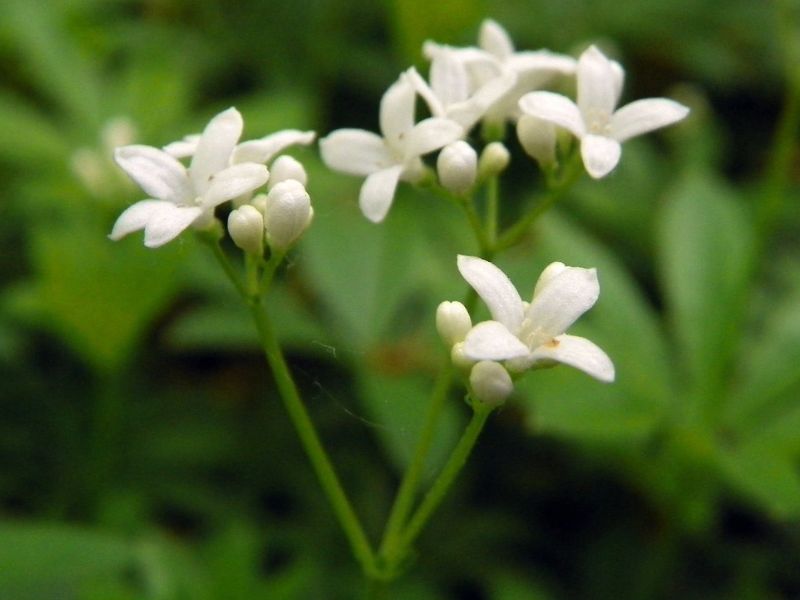
This plant prefers partial to full shade in moist, rich soils. In dry summers it needs frequent watering. Propagation is by crown division, separation of the rooted stems, or digging up of the barely submerged perimeter stolons. It is ideal as a groundcover or border accent in woody, acidic gardens where other shade plants fail to thrive. Deer and chickens avoid eating it (Northeast US).
II. How to Grow and Care
Sunlight
Sweet woodruff grows well in full shade to partial shade, particularly when it is planted under trees. Full sun, especially when it’s at its brightest in the middle of summer, can scorch the leaves.
Temperature and Humidity
This plant thrives in the various climate conditions found throughout its hardiness range, and it has even been known to push its boundaries to chillier northern climates slightly out of its range. But in very hot temperatures, sweet woodruff might go temporarily dormant, though it readily returns once conditions moderate.
Watering
Thriving in the understory of its native European woodlands, sweet woodruff is accustomed to the dappled moisture of a temperate climate. This herbaceous perennial exhibits a preference for consistent humidity and maintains moderate drought tolerance. Following its natural rhythm, sweet woodruff benefits from watering every week to mimic the regular rainfall of its habitat.
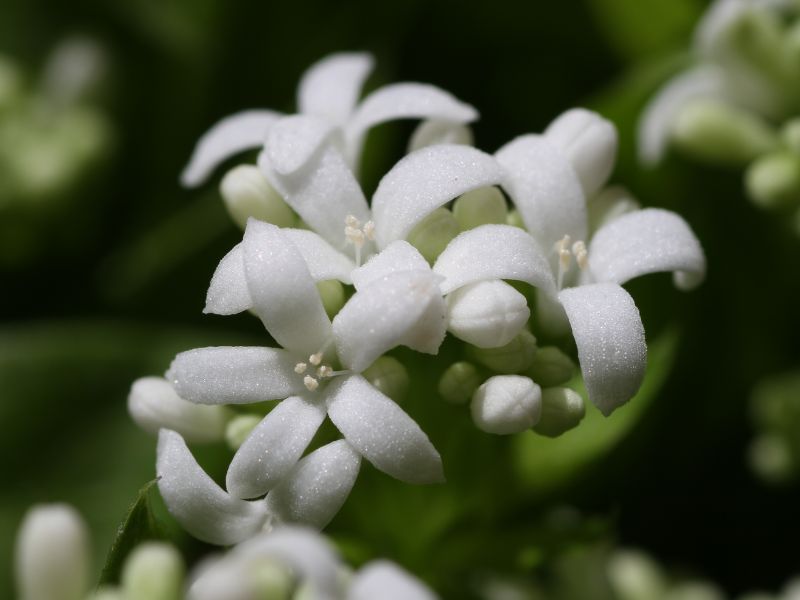
Indoors, sweet woodruff complements shaded living spaces with its lush greenery, while outdoors it spreads as a ground cover in cooler climates. Given its preference for moist soil, sweet woodruff thrives best when planted in areas that receive regular rain or have efficient irrigation systems.
Soil
The plant tolerates a wide range of conditions, though it prefers consistent moisture, good drainage, and a slightly acidic pH. It does best in rich, loamy soil, but it also will grow in clay and sandy soil.
Fertilizing
For sweet woodruff, a balanced nutrition fertilizer optimizes growth and flowering. Fertilize sparingly in spring with a 10-10-10 blend; too much can harm. Adjust with growth stages—light feed pre-flower, reduce dormancy. Apply per label, avoiding overuse. Water soil post-fertilization to prevent root burn. Note: sweet woodruff is generally low-maintenance, over-fertilization risks vigor. Seasonal care is key for thriving sweet woodruff.
Pruning
This groundcover loves to spread, and while pruning isn’t necessary, you can cut it back to keep it contained in the area where you’d like to showcase it. If it becomes too thick for your liking, you can also thin it out by pruning the plant.
Propagation
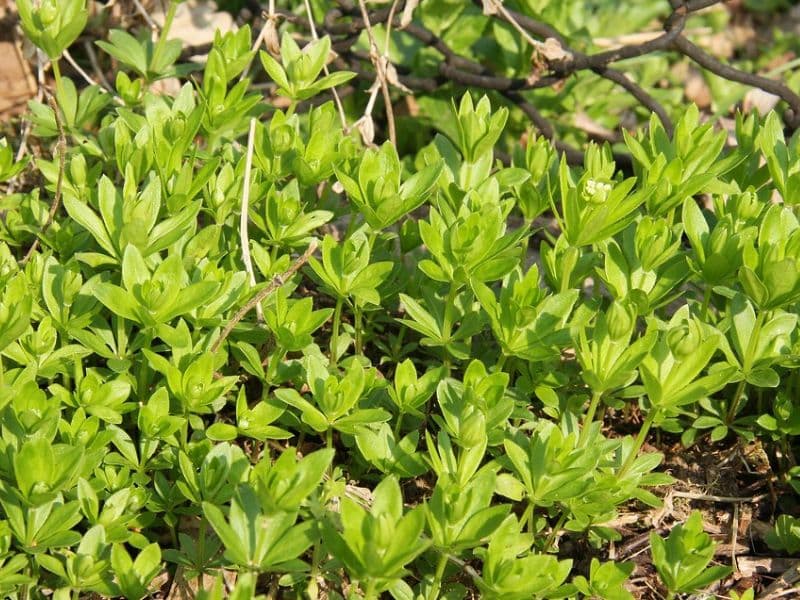
This plant is easily propagated via division simply by digging up sections. When selecting an area to dig up, choose sections that have had at least a couple of years to become established. The best time to do this is in the spring or fall. Here’s how:
- With a shovel, dig up a section with the roots attached.
- Replant the clump in the desired new location.
- Water and let the plant settle in and establish itself in the new area.
How to Grow From Seed
Sweet woodruff also can be propagated from seed, but this is rarely done because root division is so easy.
- Gather seeds once they fully ripen in July or August.
- To sow them directly into the ground in early spring, scatter over raked soil and top with damp peat moss. Water the area to maintain moisture until seedlings have sprouted.
- If growing indoors, spread seeds on growing medium and top with dampened peat moss up to 10 weeks before your area’s last frost.
- Place in the refrigerator for a couple of weeks, then place in a cool, lighted area to await germination.
- Seeds can be slow to sprout, so be patient. Once that occurs, move the seedlings to a warm spot to continue growing.
Repotting
Repot sweet woodruff every 2-3 years during spring, as it’s a fragrant ground cover that thrives in new soil. Use a shallow, wide pot to accommodate its spreading roots. Post-repot, ensure moist soil and partial shade. Maintain regular watering to help sweet woodruff recover and spread in its container for lush growth.
Overwintering
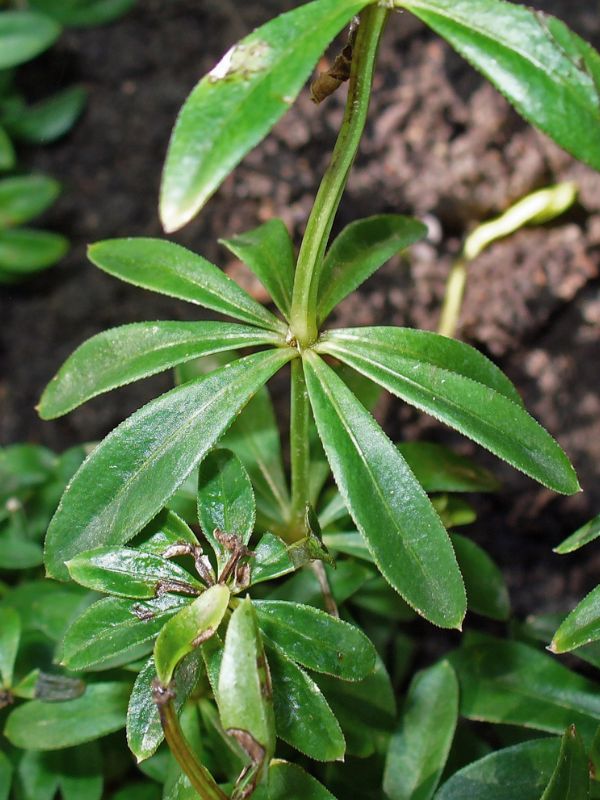
This groundcover will tend to go dormant and die back but will reappear again in the spring. In the zones that get colder weather, you can throw a layer of mulch over the area to winterize the plants to help protect them.
Pests and Diseases
Sweet woodruff is a great fly repellant, and has no real issues with pests or diseases. The aroma of the flowers is an added benefit, especially if you’ve planted it near your outdoor sitting area. You might see a white chalky residue on the leaves known as powdery mildew, which can be managed by cutting off the affected area and using an organic substance such as neem oil.
III. Uses and Benefits
- Ornamental uses
Sweet woodruff is a popular perennial prized for its green foliage and small white flowers. It is commonly used as a ground cover and is essential in shade and woodland gardens. Plant it with Japanese forest grass, lamium, and various species of foam flowers for texture and contrasting foliage.
- Other uses
As the epithet odoratum suggests, the plant is strongly scented, the sweet scent being derived from coumarin. This scent increases on wilting and then persists on drying, and the dried plant is used in potpourri and as a moth deterrent. It was, and partially is, used to flavor May wine (called Maibowle or Maitrank in German), sweet juice punch, syrup for beer (Berliner Weisse), brandy, jelly, jam, a soft drink (Tarhun, which is Georgian), ice cream, and herbal tea.
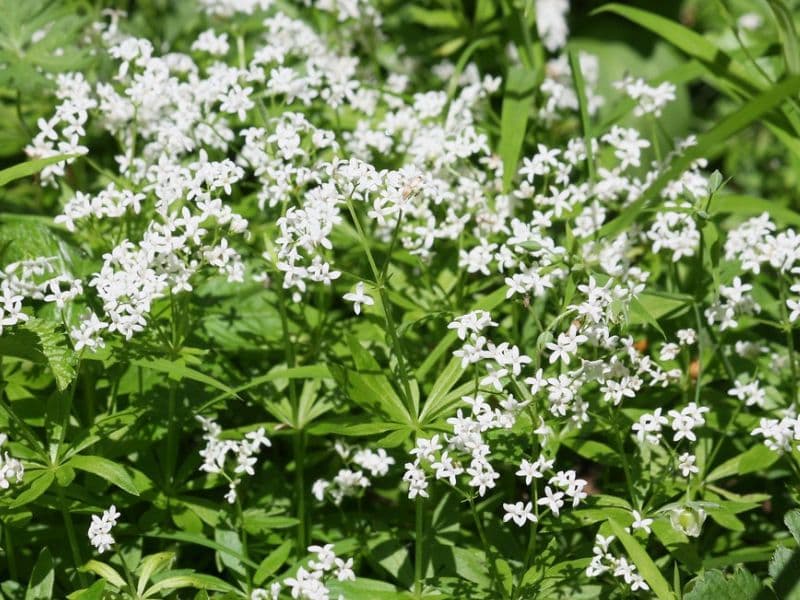
Also very popular are sweet woodruff flavoured jellies, with and without alcohol. In Germany, it was and to some extent still is also used to flavour sherbet powder, which features prominently in Günter Grass’ novel The Tin Drum.
However, industrial usage of the plant for sweets was prohibited in Germany in 1974, due to coumarin, the flavorant found in woodruff, being toxic to rats and mice in studies. It has however not been found to be harmful to humans, even in large doses, in which it follows a different metabolic pathway. The flavor is still popular for sweets in Germany, but is achieved artificially with 6-methyl coumarin. Products targeted towards adults, such as alcoholic drinks, are still permitted to include coumarin, in limited quantities.
Find Where to Buy the Best Sweet Woodruff (Galium odoratum)







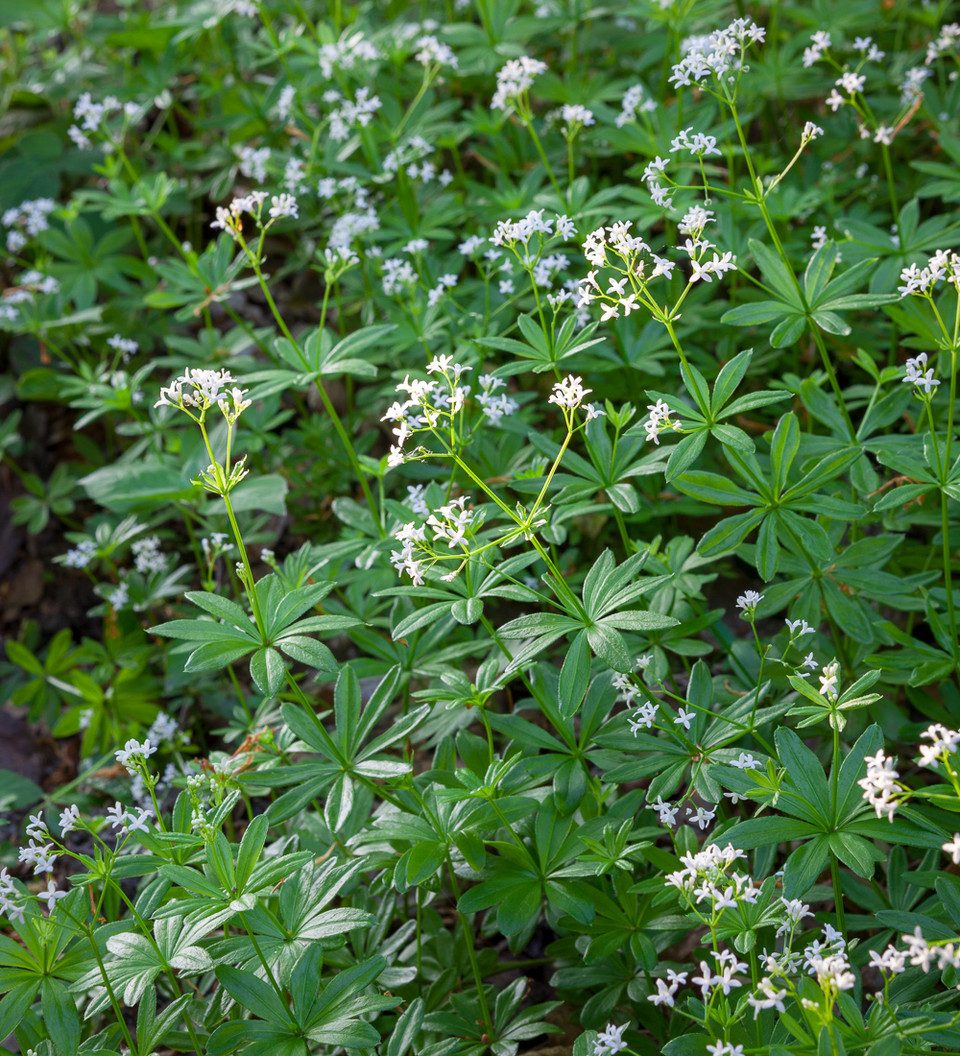


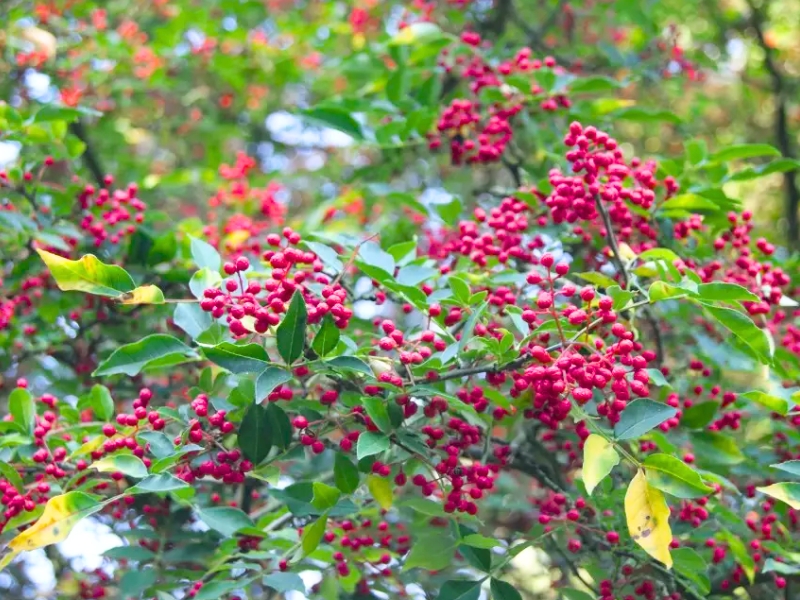
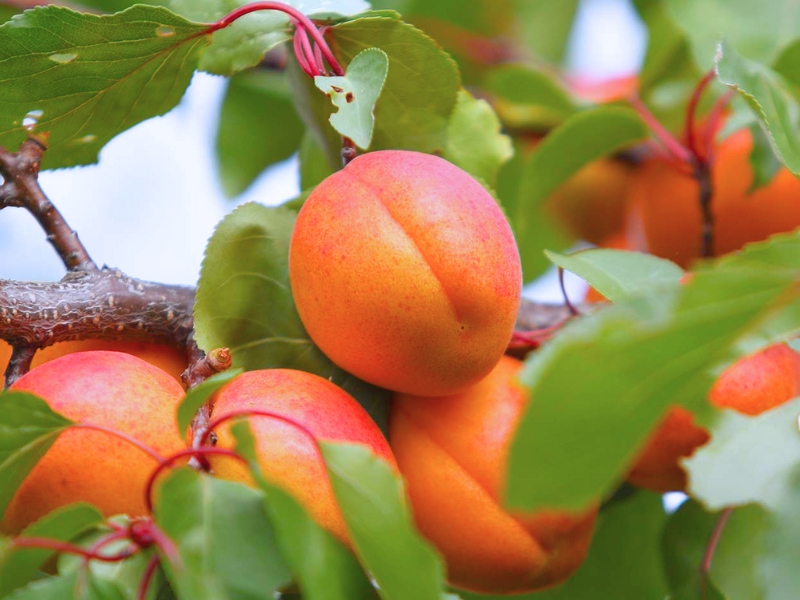
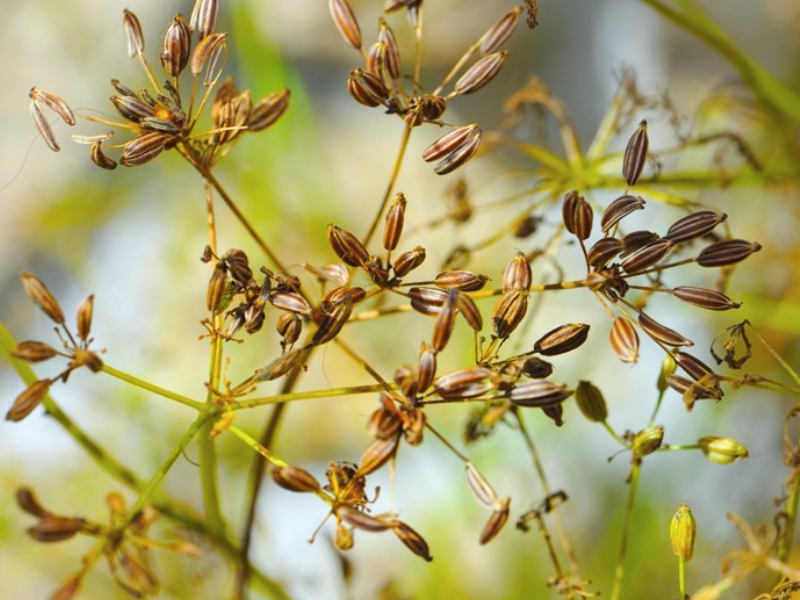
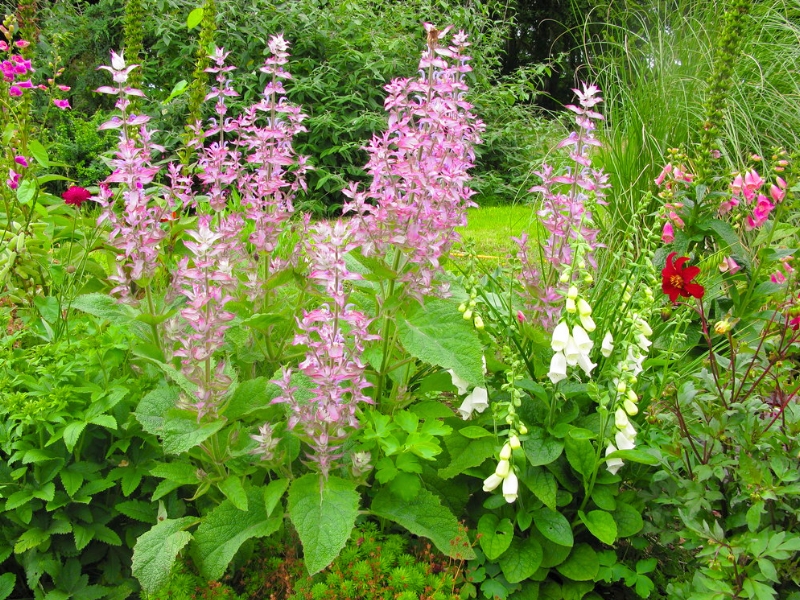
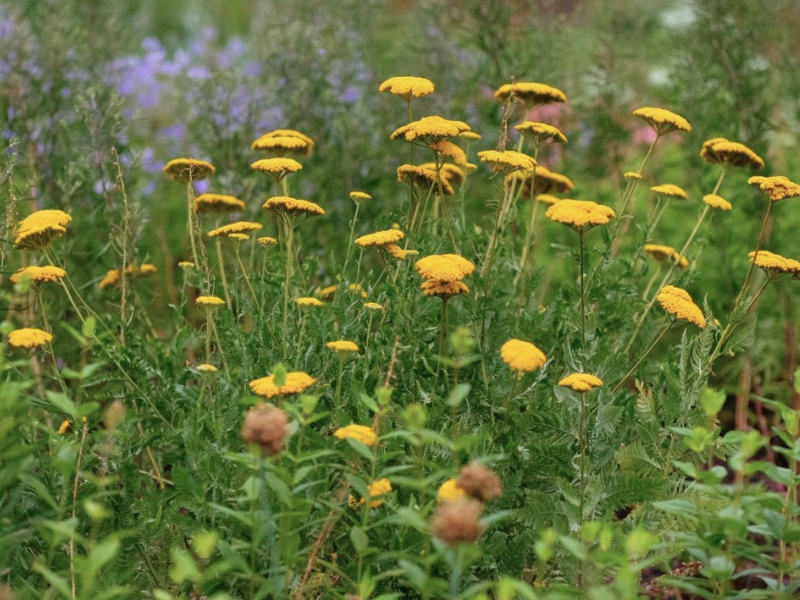
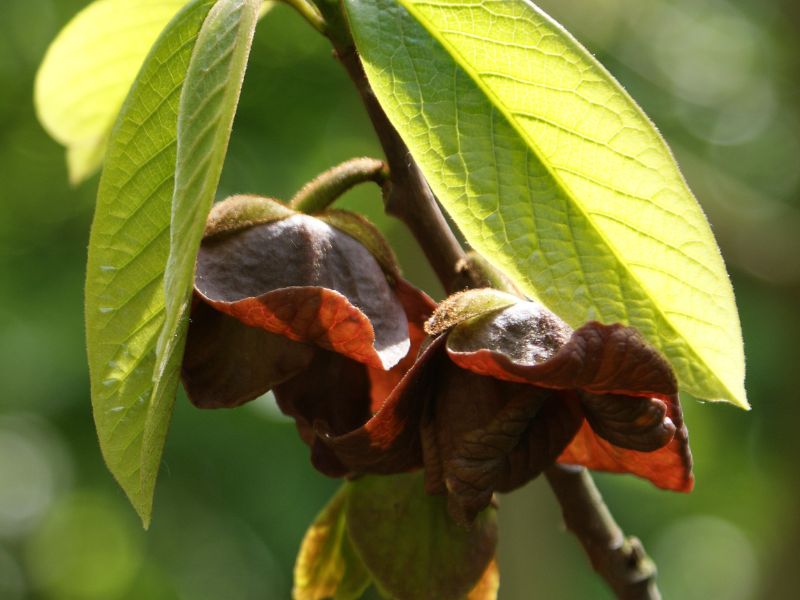
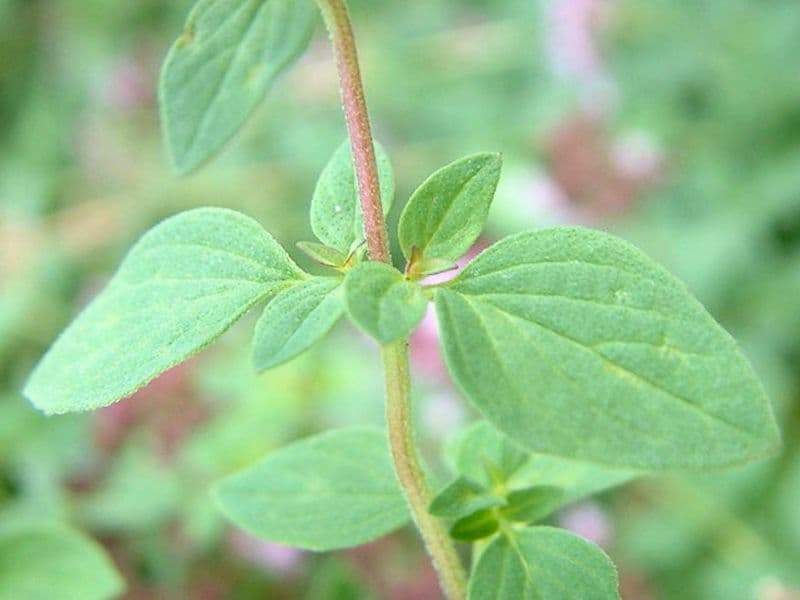
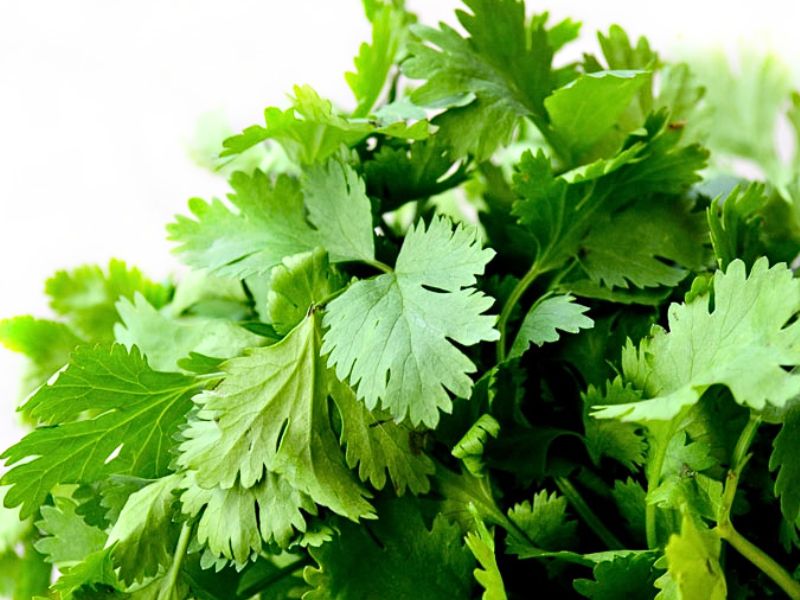
Leave a Reply